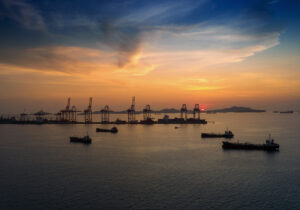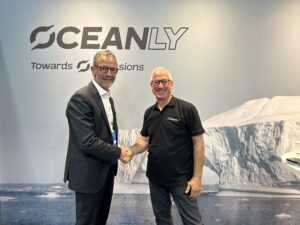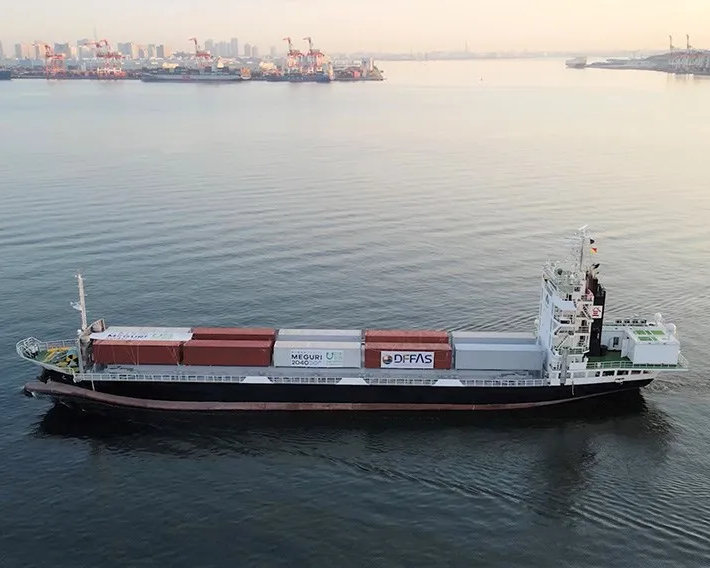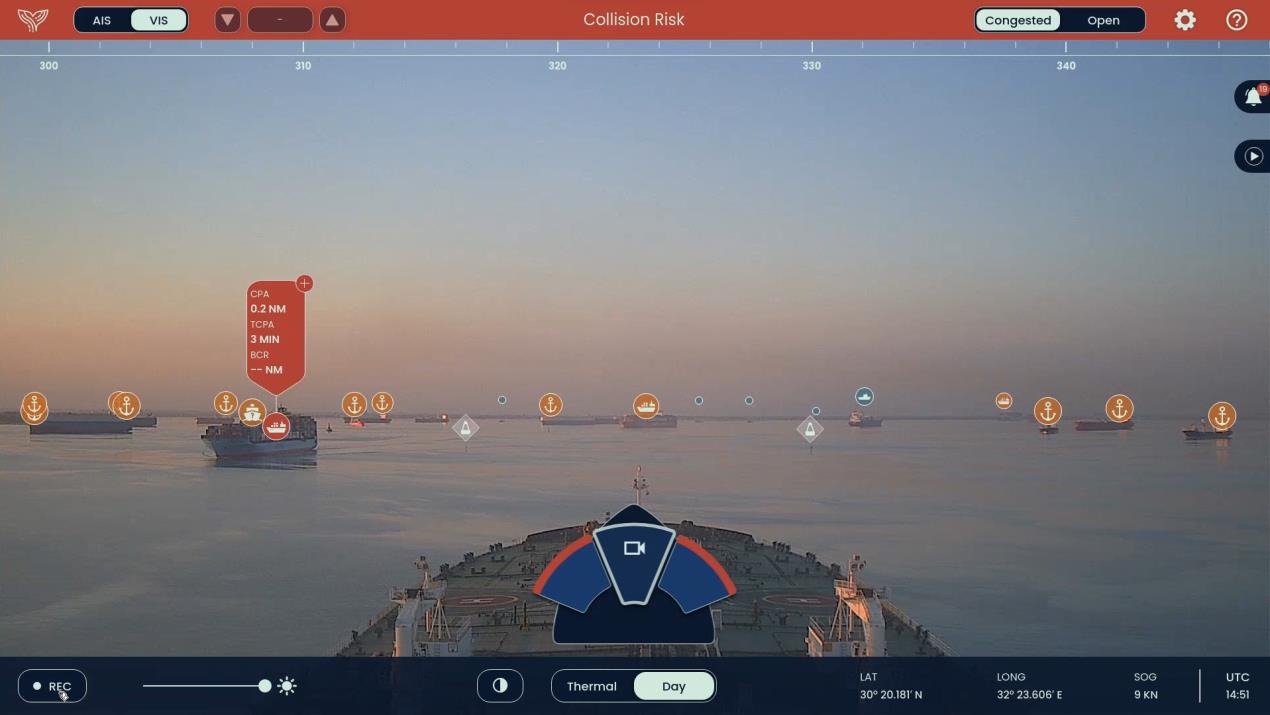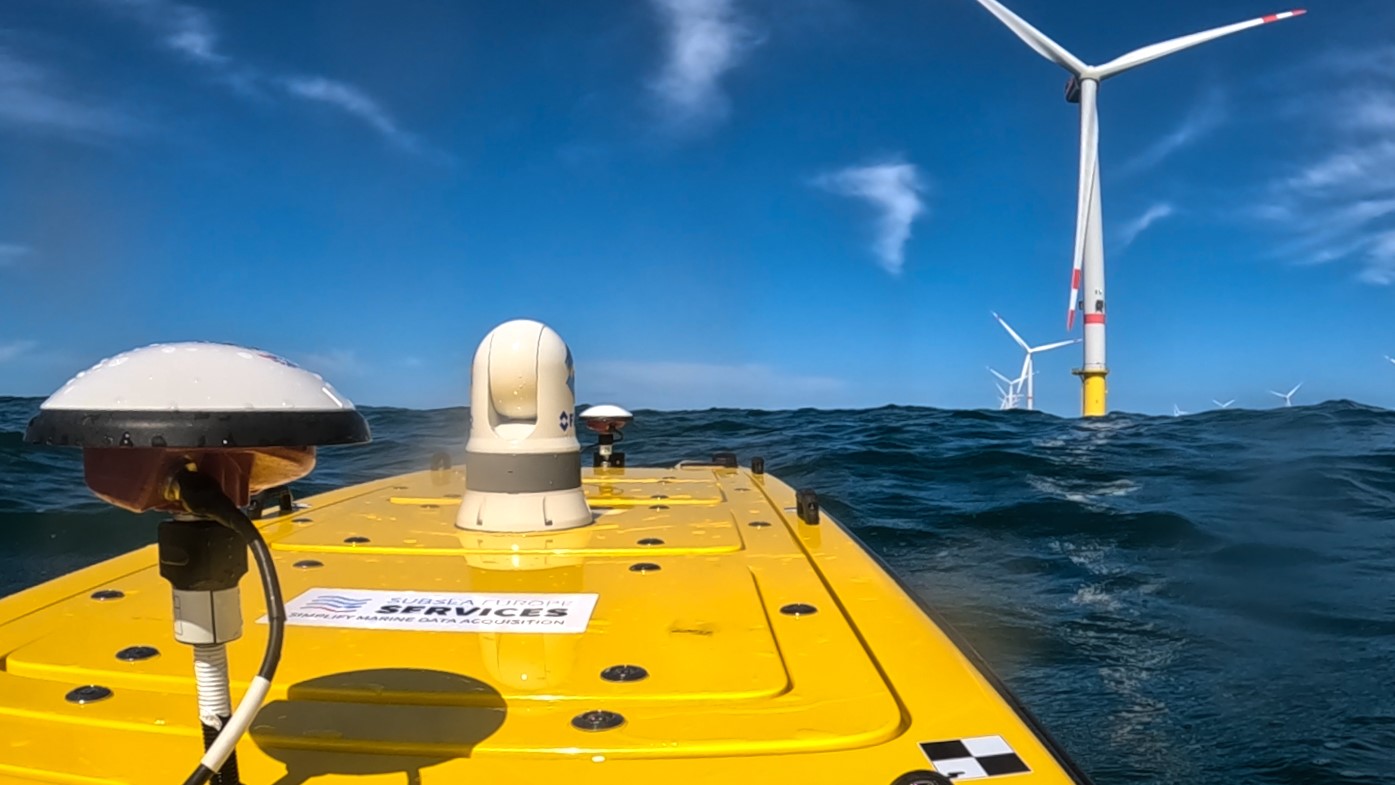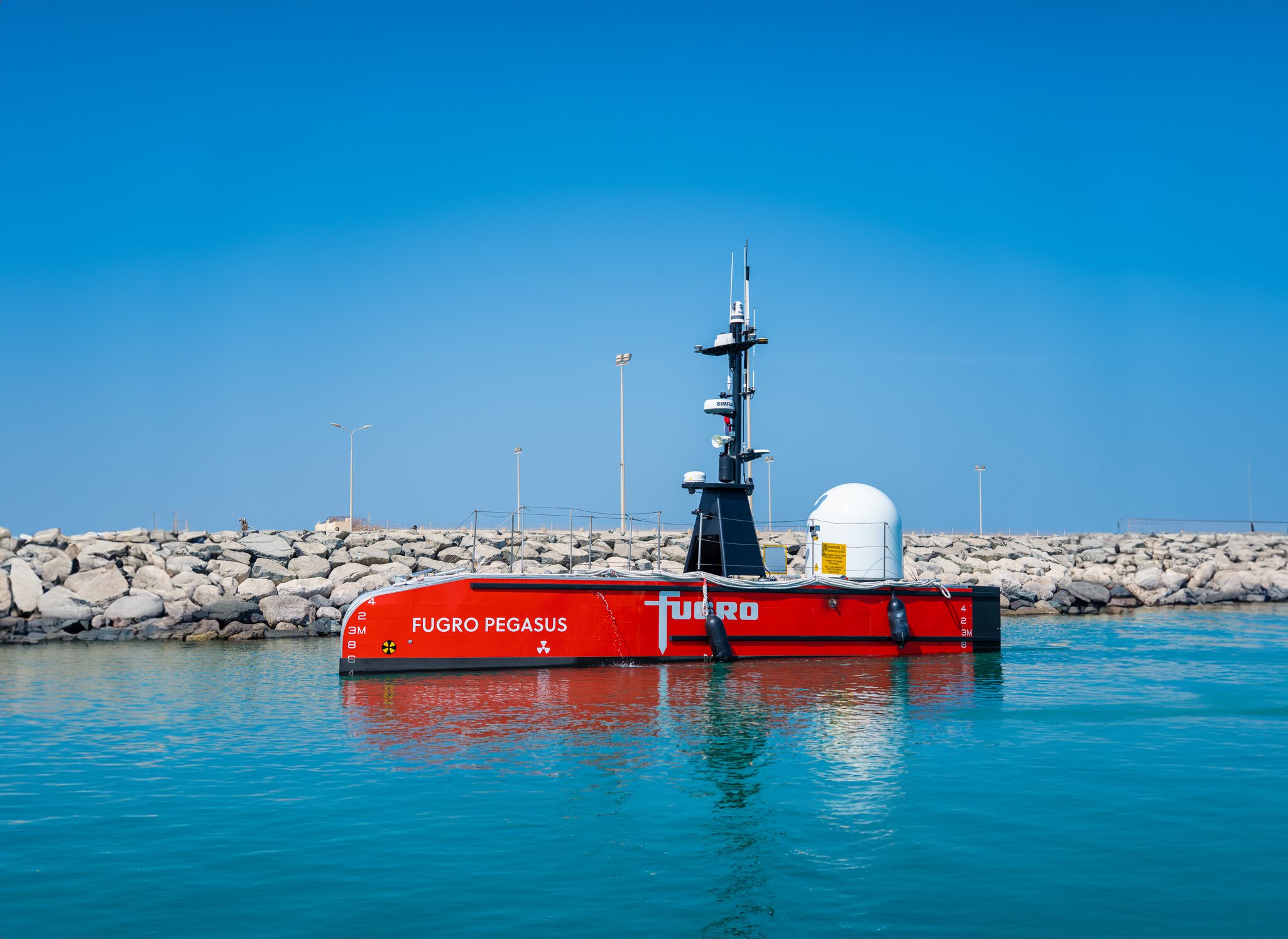Does connectivity need to be 100% for autonomy?
Until there is 100 percent certainty that a ship can be fully connected to the shore, when it really needs it, then there will still be a navigator on the bridge. Conversations about digitalisation and autonomy always lead to the sibling themes of autonomous ships and unmanned ships, despite the two being as similar to each other as brother is to a sister.
The ability to achieve the latter, with no one onboard, is however dependent on the ship having fully reliant full-time connectivity, something that, as of yet, is not guaranteed despite the growing bandwidth becoming available as thousands of satellites are launched into space.
The reliability question does not just boil down to satellite connectivity, there have been outages in 4G and 5G networks which have been a worry to developers of maritime autonomous systems.
The focus therefore, says Hideyuki Ando, at Monohakobi Technology Institute in Japan, is to put the autonomous system fully on the ship, supplement it with the crew, and have it overseen by the shore, for now.
And while this has been demonstrated as achievable, it has also to be commercially viable. What is in it for ship operators, focused on getting customer cargo from one place to another, especially when connectivity prices for autonomous systems are still high enough for vessel operators to mumble about it.
In February and March last year a consortia of largely Japanese companies worked together under the DFFAS project and installed a complete autonomous navigation system onboard a small coastal containership, then sailed it between two ports and two extremely bust, congested traffic separation schemes. The vessel used was the Suzuka, a normal small containership with a normal crew for a coastal vessel.
To run the trial, says Ando, two extra containers were put onboard, one for the computer servers and other systems needed, and another for the engineers of the various companies to monitor the systems.
The vessel then sailed for two days, through and out of Tokyo Bay and into a nearby harbour 210 nautical miles away to the west, and then returned the next day, navigated by the autonomous system while the ship’s crew were on hand to assume control if needed.
The trial was seen as a success. During both legs of the demonstration voyage the system instructed the vessel to make 141 actions to avoid collisions
The ship sailed autonomously 98.5% of the voyage, said Ando, with autonomous operations starting only a few meters off each quayside. And it has to be borne in mind that Tokyo Bay, particularly its entrance is one of the most congested stretches of water n the world as about 670 vessels enter and leave each day, bound for or leaving a number of ports such as Chiba, Yokohama, Kawasaki and Tokyo.
The onboard system was able to work as expected and hoped for, but the niggle is that 1.5% of the time when autonomous operations were not being performed.
100% Reliability
The trial did find there were times when connectivity, not just satellite but also from 4G, was unstable and therefore a shore master in a shore control centre would not have had the capabilities to take over control of the vessel if the situation arose.
“We tried to find fastest network in various channels,” said Ando. “But sometimes the terrestrial signal was not stable and sometimes we lost VSat, so lost the ship-shore connection. So we could not do remote fallback. If we set 100% as a prerequisite we will not achieve it so shore connectivity not so critical at the moment.”
In short if developers focus on an autonomous vessel having shore connectivity there will be bigger problems in achieving demonstratable safe results, but by keeping the AI servers onboard this risk is reduced.
By Ando’s reckoning this connectivity question is certainly not a show stopper for the development of autonomous shipping, but it will be a good decade before connectivity will be reliable to 100%, and until then the work is on building up onboard autonomy, and this means giving AI to the crew.
The next phase will be to build up the systems for an international voyage. MTI parent company is NYK, which as a shipowner will have an interest in finding how it can make the best out of the opportunities that autonomy and AI have to offer.
The work at the IMO will help this says Ando, who will be at the Blue Talks in Nor-Shipping in June to talk through where he thinks autonomous systems will go.
There is work to make non-mandatory guidelines of MASS by 2024. Then after the non-mandatory guidelines will be a mandatory MASS Code by 2028. So all the nations with interest and motivation can discuss with industry to find what is achievable and to what level of safety.
Hideyuki Ando will join Fathom World’s Craig Eason during the Nor-Shipping Blue Talks on June 7th in Oslo. With them will be Erik Dyrkonen, CEO of Zeabuz, Iva Parlov, associate professor at BI, Margareta Lutzhoeft from Marsafe Group and Sveinung Soma, CEO of Remota to talk about the realities of autonomus achievements in shipping and offshore.
Other autonomous systems and digitalisation news
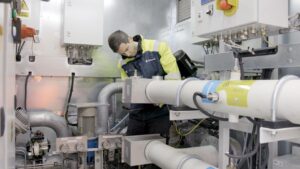
Crew training is a crucial factor for efficient BWTS operations, says Optimarin
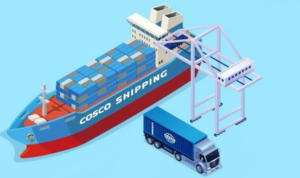
COSCO Shipping launches “Talent Athena”
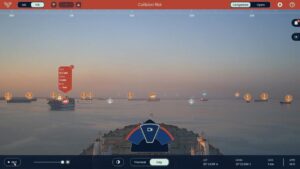

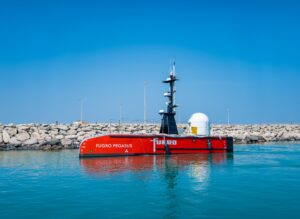
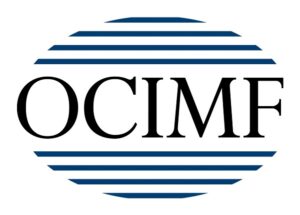

Danelec accelerates the data-driven green transition
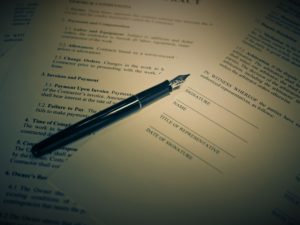
ZeroNorth signs three-year deal with Cargill

ABS approves fully autonomous ship framework
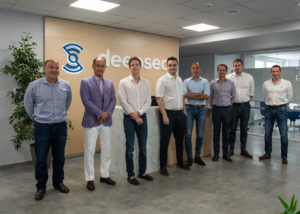
Nabtesco becomes primary shareholder in Deepsea Technologies
